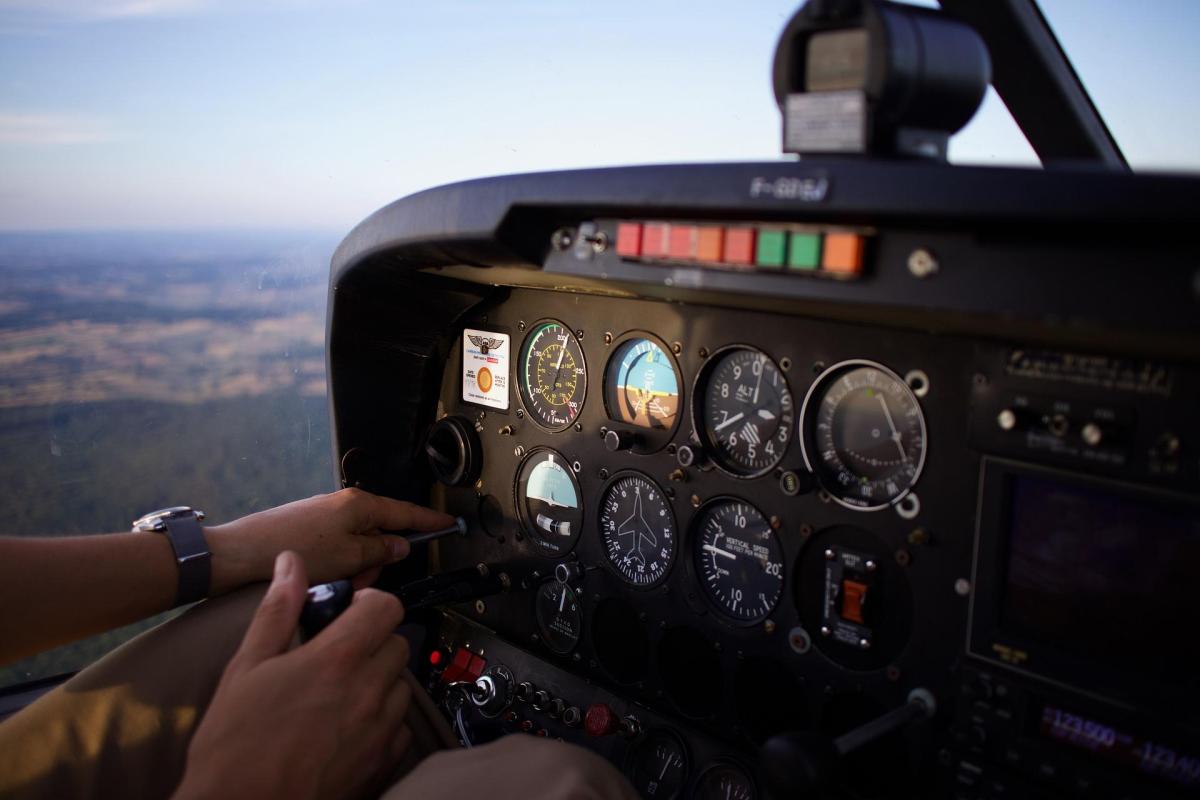Streamlining RS232 to USB Connectivity
Abstract:
Effective communication between RS232 devices and USB interfaces is crucial for modern serial communication setups. This white paper delves into the process of connecting RS232 devices to USB interfaces using protocol converters. By examining the benefits, challenges, and best practices associated with this connection, readers can gain valuable insights into optimizing serial communication in their setups.
Table of Contents:
- Introduction
- Understanding RS232 and USB Interfaces
- Significance of RS232 to USB Connection
- Overview of Protocol Conversion
- Benefits of RS232 to USB Connection
- Best Practices for Effective Connection
- Real-World Implementations
- Challenges and Solutions
- Future Outlook
- Conclusion
1. Introduction:
Seamless connectivity between RS232 devices and USB interfaces is essential for efficient serial communication. This paper explores the process of connecting RS232 devices to USB interfaces using protocol converters, aiming to enhance connectivity and data transfer in modern setups.
2. Understanding RS232 and USB Interfaces:
RS232 and USB interfaces serve as common communication standards for serial devices and computers, respectively. Understanding the characteristics and differences between these interfaces lays the groundwork for effective connectivity and data exchange.
3. Significance of RS232 to USB Connection:
The connection between RS232 devices and USB interfaces enables compatibility and interoperability between legacy serial devices and modern computing systems. This connection facilitates data transfer, configuration, and control, enhancing the functionality and usability of serial devices.
4. Overview of Protocol Conversion:
Protocol converters play a crucial role in bridging the gap between RS232 and USB interfaces, translating data formats and protocols to enable seamless communication. This overview explores the functionality and importance of protocol converters in RS232 to USB connection setups.
5. Benefits of RS232 to USB Connection:
Connecting RS232 devices to USB interfaces offers several benefits:
- Compatibility: Enables integration of legacy RS232 devices with modern USB-equipped computers and peripherals.
- Simplified Connectivity: Streamlines the connection process, eliminating the need for specialized hardware or complex configurations.
- Enhanced Data Transfer: Facilitates efficient data transfer between RS232 devices and USB interfaces, ensuring reliable communication and data exchange.
- Versatility: Supports a wide range of RS232 devices, including industrial equipment, instrumentation, and consumer electronics.
- Future-Proofing: Provides a flexible and scalable solution for connecting legacy devices to evolving computing platforms, extending the lifespan and utility of serial devices.
6. Best Practices for Effective Connection:
To ensure effective RS232 to USB connection, it is essential to follow best practices:
- Selecting the Right Protocol Converter: Choose a protocol converter that supports RS232 to USB conversion and meets the specific requirements of the application, including data rate, interface compatibility, and environmental factors.
- Configuring Communication Parameters: Configure the protocol converter and connected devices with appropriate communication parameters, including baud rate, data format, and flow control settings, to ensure seamless integration and reliable data exchange.
- Testing and Validation: Conduct thorough testing and validation of the connection setup to verify compatibility, reliability, and performance under various operating conditions.
- Documentation and Maintenance: Maintain detailed documentation of the connection setup, including configuration settings and test results, and perform regular maintenance to ensure optimal performance and reliability over time.
7. Real-World Implementations:
Real-world case studies showcase practical implementations of RS232 to USB connection in various industries and applications. These case studies highlight the benefits, challenges, and solutions associated with connecting legacy RS232 devices to USB interfaces, offering valuable insights for system integrators and engineers.
8. Challenges and Solutions:
RS232 to USB connection may encounter challenges such as signal degradation, compatibility issues, and driver conflicts. However, innovative solutions such as signal conditioning, driver updates, and compatibility testing can help overcome these challenges and ensure reliable connectivity and data transfer.
9. Future Outlook:
The future of RS232 to USB connection is expected to be influenced by advancements in communication technology, including the development of standardized protocols, the integration of advanced features such as encryption and authentication, and the adoption of emerging technologies such as USB Type-C. Additionally, the increasing demand for seamless integration and interoperability across diverse computing platforms is likely to drive innovation in protocol conversion solutions.
10. Conclusion:
Connecting RS232 devices to USB interfaces using protocol converters offers a pathway to enhanced connectivity, efficiency, and compatibility in serial communication setups. By leveraging protocol converters and following best practices for effective connection, organizations can optimize their serial communication, paving the way for improved performance and usability in their setups.





